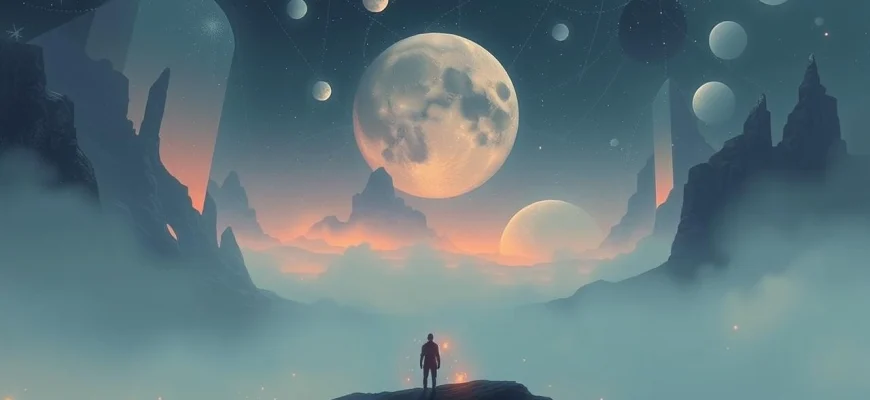If you were captivated by the haunting beauty and philosophical depth of 'Solaris' (1972), you're not alone. This article is for fans of Andrei Tarkovsky's sci-fi masterpiece who are craving more films and shows that explore similar themes of memory, love, and the mysteries of the human psyche. From slow-burning psychological dramas to mind-bending sci-fi, we've curated a list of 10 titles that will resonate with your love for 'Solaris.' Dive in and discover your next cinematic obsession.
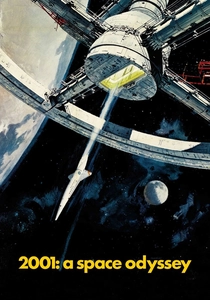
2001: A Space Odyssey (1968)
Description: Similar to Solaris, Kubrick's masterpiece deals with humanity's encounter with the incomprehensible, featuring long, contemplative sequences and a focus on metaphysical questions about human evolution and consciousness.
Fact: The famous 'star gate' sequence was created using slit-scan photography, a technique developed specially for the film. HAL 9000's voice was chosen because Douglas Rain's performance sounded 'appropriately bland and unemotional'. The film initially received mixed reviews but later became recognized as one of the greatest films ever made.
 Watch Now
Watch Now 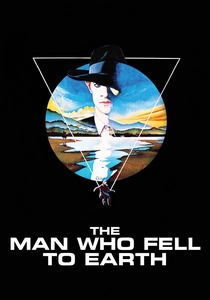
The Man Who Fell to Earth (1976)
Description: Shares Solaris' themes of alienation and the human condition, featuring an otherworldly protagonist struggling to understand humanity. Both films have a dreamlike, surreal quality.
Fact: David Bowie was cast because he essentially was the character. The film was heavily edited for its US release. Director Nicolas Roeg didn't give Bowie much acting direction.
 Watch Now
Watch Now 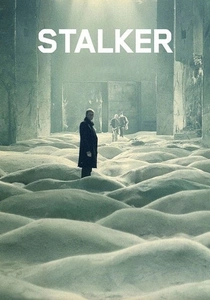
Stalker (1979)
Description: Like Solaris, Stalker is a philosophical sci-fi film directed by Andrei Tarkovsky, exploring themes of human consciousness, existentialism, and the unknown. Both films feature slow, meditative pacing and a focus on the psychological impact of encountering the inexplicable.
Fact: The film is based on the novel 'Roadside Picnic' by Arkady and Boris Strugatsky. The shooting location near an abandoned chemical plant caused health issues for the crew, including Tarkovsky himself. The film's color palette shifts from sepia tones to color when characters enter the mysterious Zone.
 Watch Now
Watch Now 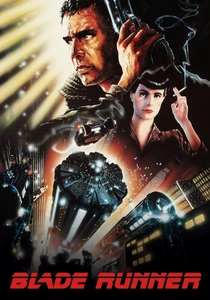
Blade Runner (1982)
Description: Shares Solaris' themes of what makes us human and features a similarly melancholic, philosophical tone. Both films explore artificial consciousness and feature protagonists haunted by memories and lost loves.
Fact: The iconic Voight-Kampff test was inspired by actual polygraph technology. Harrison Ford and Rutger Hauer clashed during filming, with Ford calling Hauer 'the golden retriever'. The film initially underperformed but later became a cult classic.
 Watch Now
Watch Now 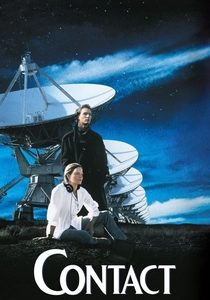
Contact (1997)
Description: Like Solaris, Contact explores humanity's encounter with the unknown and the intersection of science and spirituality. Both films feature protagonists searching for meaning in cosmic mysteries.
Fact: Jodie Foster consulted with real SETI scientists. The film's opening sequence took six months to create. Carl Sagan wrote the original novel specifically for film adaptation.
 Watch Now
Watch Now 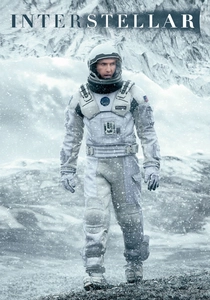
Interstellar (2014)
Description: Like Solaris, Interstellar explores love and human connection across vast distances of space and time. Both films blend hard science with emotional, metaphysical themes.
Fact: Kip Thorne, a Nobel Prize-winning physicist, served as scientific consultant. The black hole visuals led to new scientific discoveries. Matthew McConaughey improvised his emotional breakdown scene.
 Watch Now
Watch Now 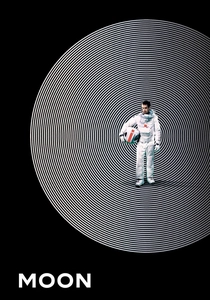
Moon (2009)
Description: Like Solaris, Moon explores isolation, identity, and what it means to be human, set against the backdrop of space. Both films feature protagonists confronting existential questions in lonely, otherworldly environments.
Fact: Sam Rockwell performed most scenes alone, with no other actors to interact with. The film was shot in just 33 days. Director Duncan Jones dedicated the film to his father, David Bowie.
 Watch Now
Watch Now 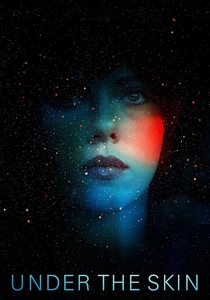
Under the Skin (2013)
Description: Like Solaris, this film explores alien consciousness attempting to understand humanity, featuring similarly enigmatic and atmospheric storytelling.
Fact: Many scenes feature real people unaware they were being filmed. Scarlett Johansson wore a wig and prosthetic teeth. The beach scene was shot with hidden cameras.
 Watch Now
Watch Now 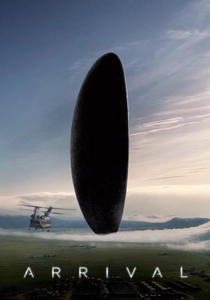
Arrival (2016)
Description: Shares Solaris' focus on communication with the incomprehensible and features a similarly thoughtful, philosophical approach to first contact. Both films explore how such encounters transform human understanding.
Fact: The alien language was created by a real graphic designer. The film's non-linear structure wasn't in the original script. Director Denis Villeneuve studied linguistics to prepare for the film.
 Watch Now
Watch Now 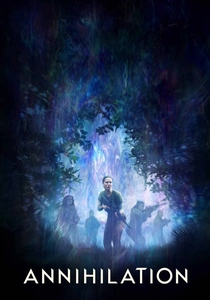
Annihilation (2018)
Description: Shares Solaris' themes of encountering the inexplicable and features a similarly haunting, psychological approach to sci-fi. Both deal with environments that transform those who enter them.
Fact: The bear creature's scream includes human sounds. Natalie Portman studied biology to prepare. The ending was deliberately ambiguous.
 Watch Now
Watch Now 
